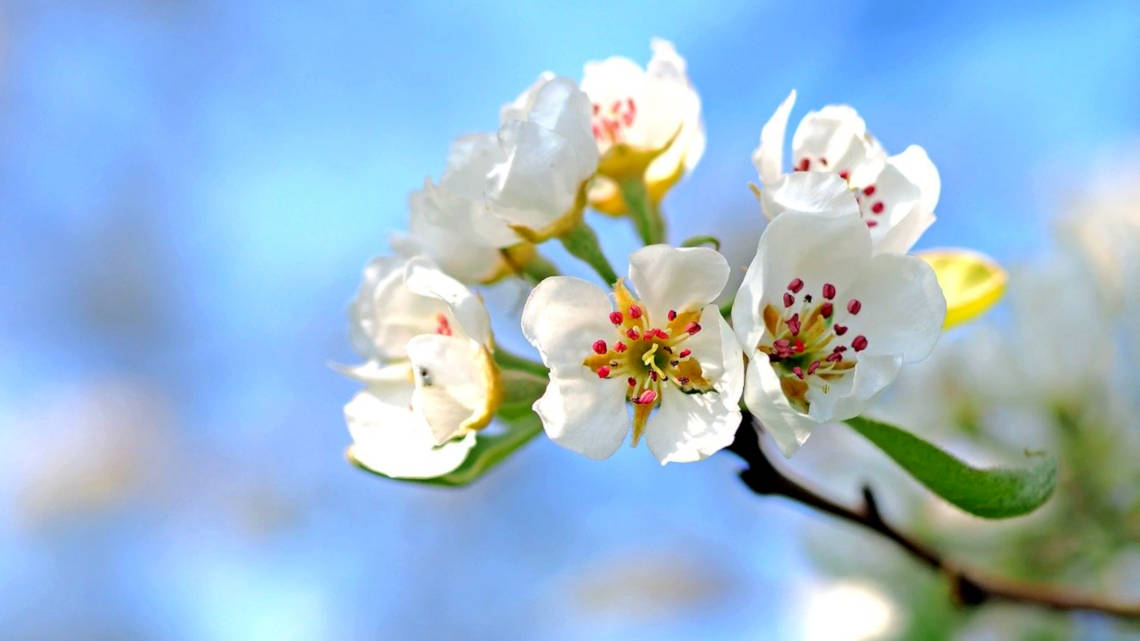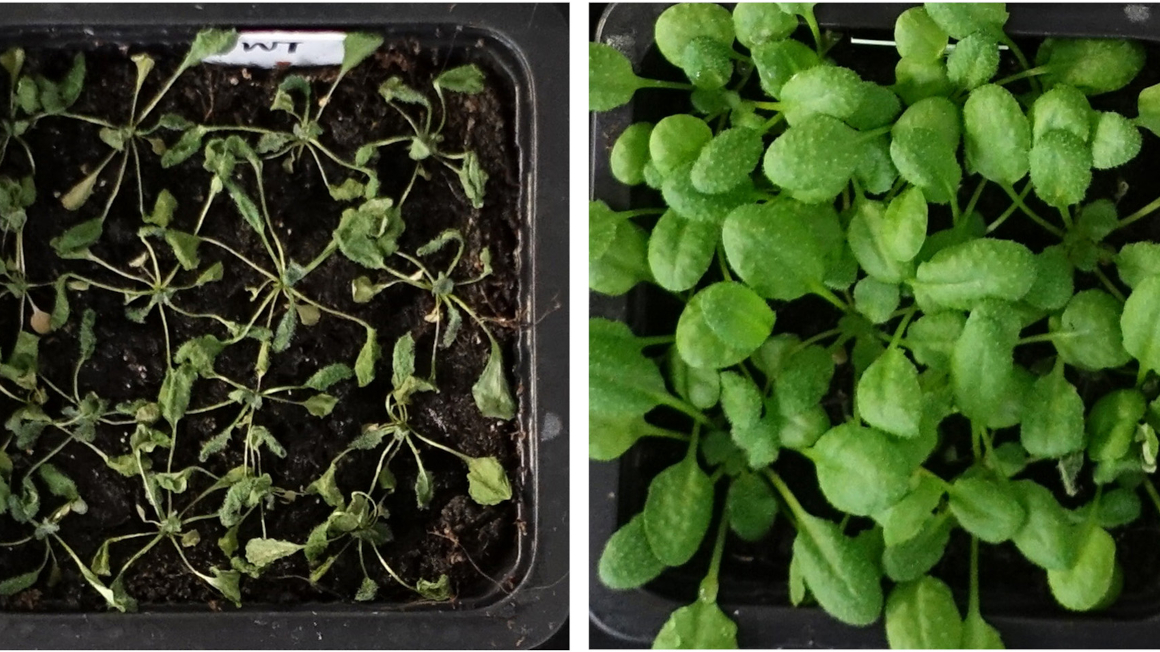Making apple trees fit for climate change
Researchers have identified a gene that plants use to control bud dormancy. This could help prevent frost damage to the flower in the future.

If you have a fruit tree in your garden, you know the experience: First one enjoys the full blossom, but then a late frost hits the tree and in summer there are no fruits. This is also what researchers at the Julius Kühn Institute (JKI) are concerned with, including Henryk Flachowsky, Head of Fruit Breeding Research: "In many regions of Germany we are currently observing that apple trees are ending their winter rest and blossoming up to two weeks earlier as a result of global warming." A late night frost can then have serious economic consequences for fruit growing. This is why JKI researchers, together with Italian colleagues, have been searching for the gene that determines the time of flowering - and they have found it, as they report in the journal "Frontiers in Plant Science".
Cold days determined duration of bud dormancy
"Understanding the mechanism of bud dormancy is important for adapting fruit growing to climate change", explains Flachowsky. In winter, many plants fall into the so-called endodormancy, in which they practically stop their metabolism. Their buds then also react neither to heat nor to light. Only when the plant has experienced enough cold days does the dormancy end and flowering begin. Depending on the apple variety, different numbers of cold days are required, which is why some varieties are better protected against late frost.
Gen MdDAM1 controls inlet and outlet
The German-Italian research team has now discovered that a specific gene is substantially involved in endodormancy. In autumn, the MdDAM1 gene ensures that the plant gradually stops growing and switches to winter rest. From then on, cold hours reduce the activity of this gene until it can no longer maintain endodormancy and the buds break open. "Trees in which the gene is almost inactive, in contrast, were no longer able to induce bud dormancy. They remained green all year round and constantly formed new leaves and flowers," reports Flachowsky.
Adapting varieties to climate change
The researchers will now investigate apple varieties and wild apple species in the JKI gene bank to find out which variants of the MdDAM1 gene they possess and how the variation affects the time of flowering. With this knowledge it would be possible to specifically breed varieties whose endodormancy behaviour is adapted to climate changes and whose yields would be safe from late frosts.


